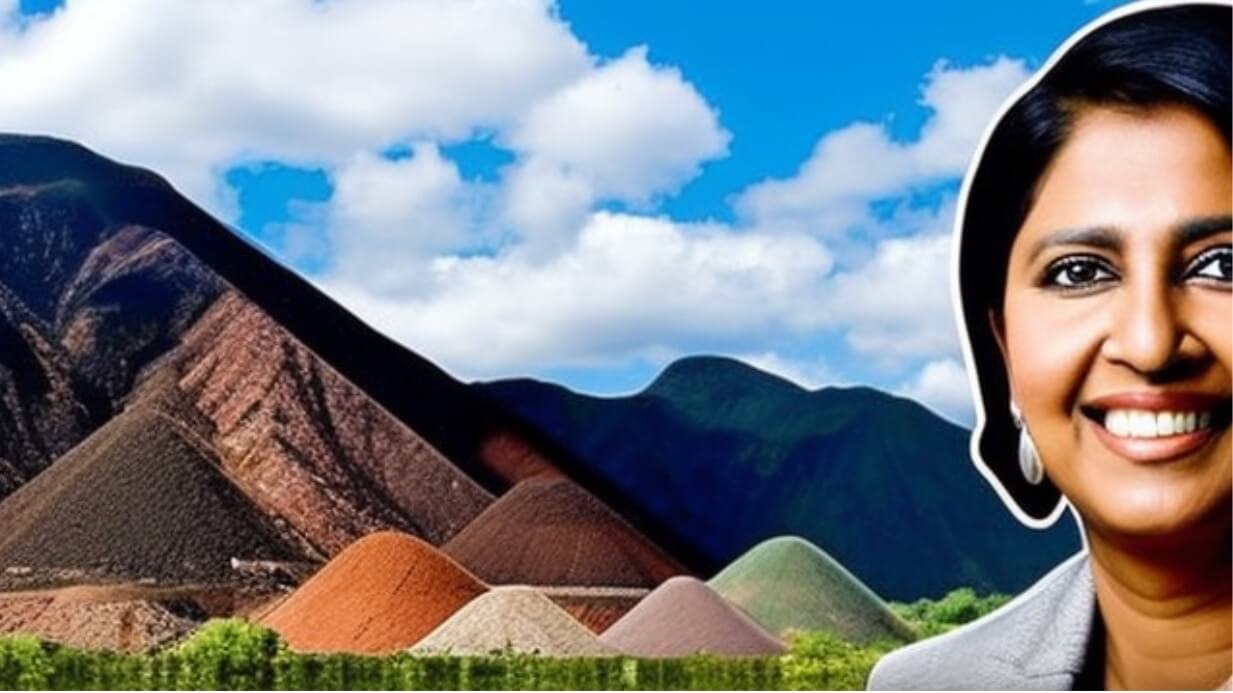Author Jeremiah Josey

2023 marks a huge milestone for The Thorium Network and our division the International Plasma Research InstituteTM, or IPRITM. We successfully serviced a number of clients and cracked their inert materials using Plasma Assisted DigestionTM or PADTM for short.
We did this at indicative costs and time much less than industry standards. Indeed, one client gave us material they are unable to recover anything from. We obtained almost 80% of the precious Rare Earths from the material. That’s case study 3 below.
Here are the summaries of three case studies from some of our work in 2023:



Why Plasma to make Rare Earths and Thorium
Our plasma team is the best in the world, covering the United Kingdom, South America, the Middle East and the USA.
Using a proprietary configuration of gases, geometry and plasma, at IPRITM we are able to change the structure of a mineral matrix such that we crack a normally locked, tight crystal mineral lattice, such as monazite or apatite. This makes them quite accessible using mild liquid separation technologies.
The benefit are:
- Removal of Naturally Occurring Radioactive Materials (NORMS) early from the process. This makes at-mine pre-processing possible before sending off for concentration.
- Selective separation of element species using different wet conditions by adjusting temperature, pH and time.
- Separation of low value rare earths, such as cerium, from high value rare earths in minutes.
We are excited by the potential to apply PADTM to other inert mineral structures to explore their viability also.
Here are some research papers from Necsa on Plasma technology that prove the technology.
Separation of Rare Earth Elements
Typical separation of rare earth elements is a capital intensive and expensive operation. With our partners we have PertraXTM. At a fraction of the cost of tradition solvent extraction technologies PertraXTM is able to safely separate rare earths with the smallest of environmental footprints with only a fraction of the hardware and consumables traditionally used. It’s a revolution in rare earth production.
PertraXTM is also part of our activities at IPRITM.
Plasma at Work with Zircon
Expanding Operations in 2023
During 2023, the esteemed and highly experienced scientist Dr. Necdet Aslan joined us at IPRI.tech. Dr. Aslan is Türkiye’s expert in plasma physics and technology and professor at Yeditepe University, Istanbul, Türkiye.
As we move into the future we are excited by the prospects we have to expand our activities. Reach out to us here if you would like to join our illustrious team.
About The Thorium Network
Our objective at The Thorium Network is to Accelerate the Worldwide Adoption of Liquid Fission Thorium Energy. We do that through three main activities:
1) We strive for easy access to Thorium as a fission fuel and focus on Liquid Fission – its technical superiority is unrivalled. The track and trace of nuclear fuels provides a solution for countries to go nuclear faster. Less headaches. This is done in full compliance with international guidelines and country regulations;
2) Raising public awareness to the benefits of Fission. As well as being an innovator of supply chain logistics we are also a public relations group as as advocate Fission Energy;
3) Driving licensing and installation of Fission machines across the world, using our network and access within the industry. For this we include all advanced fission technology, as well of course, Liquid Fission Thorium Burners (LFTBs).
Social Media
Follow us at on our social media:
- LinkTree: Linktr.ee/TheThoriumNetwork
- Telegram – t.me/TheThoriumNetwork
- Linkedin – linkedin.com/company/TheThoriumNetwork
- Twitter – twitter.com/ThoriumNetwork
- Instagram – instagram.com/TheThoriumNetwork
- Facebook – facebook.com/The.Thorium.Network
- Website – TheThoriumNetwork.com
References and Links
- The website of IPRI.tech
- First PADTM and IPRITM announcement https://www.linkedin.com/feed/update/urn:li:activity:7021353696244420608
- https://smi.uq.edu.au/jkmrc-research
- https://www.linkedin.com/in/necdetaslan/
- https://www.linkedin.com/feed/update/urn:li:activity:7135939867191988225
Tags
#GotThorium #Fission4All #RadiationIsGood4U #NuclearEnergy #Plasma #MineralsProcessing #IPRI #PAD #PertraX








